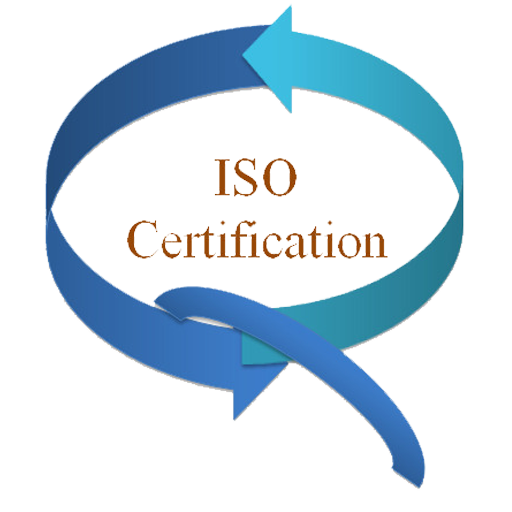sarcoma
Overview
Sarcoma is a type of cancer that can occur in various locations in your body.
Sarcoma is the general term for a broad group of cancers that begin in the bones and in the soft (also called connective) tissues (soft tissue sarcoma). Soft tissue sarcoma forms in the tissues that connect, support and surround other body structures. This includes muscle, fat, blood vessels, nerves, tendons and the lining of your joints.
There are more than 70 types of sarcoma. Treatment for sarcoma varies depending on sarcoma type, location and other factors.
Types
Angiosarcoma
Chondrosarcoma
Dermatofibrosarcoma protuberans
Desmoplastic small round cell tumors
Epithelioid sarcoma
Ewing sarcoma
Gastrointestinal stromal tumor (GIST)
Kaposi's sarcoma
Leiomyosarcoma
Liposarcoma
Malignant peripheral nerve sheath tumors
Myxofibrosarcoma
Osteosarcoma
Pleomorphic sarcoma
Rhabdomyosarcoma
Soft tissue sarcoma
Solitary fibrous tumor
Synovial sarcoma
Undifferentiated pleomorphic sarcoma
Symptoms
Signs and symptoms of sarcoma include:
A lump that can be felt through the skin that may or may not be painful
Bone pain
A broken bone that happens unexpectedly, such as with a minor injury or no injury at all
Abdominal pain
Weight loss
Causes
It's not clear what causes most sarcomas.
In general, cancer forms when changes (mutations) happen in the DNA within cells. The DNA inside a cell is packaged into a large number of individual genes, each of which contains a set of instructions telling the cell what functions to perform, as well as how to grow and divide.
Mutations might tell cells to grow and divide uncontrollably and to continue living when normal cells would die. If this happens, the accumulating abnormal cells can form a tumor. Cells can break away and spread (metastasize) to other parts of the body.
Risk factors
Factors that can increase the risk of sarcoma include:
Inherited syndromes
Some syndromes that increase the risk of cancer can be passed from parents to children. Examples of syndromes that increase the risk of sarcoma include familial retinoblastoma and neurofibromatosis type 1.
Radiation therapy for cancer
Radiation treatment for cancer increases the risk of developing a sarcoma later.
Chronic swelling (lymphedema)
Lymphedema is swelling caused by a backup of lymph fluid that occurs when the lymphatic system is blocked or damaged. It increases the risk of a type of sarcoma called angiosarcoma.
Exposure to chemicals
Certain chemicals, such as some industrial chemicals and herbicides, can increase the risk of sarcoma that affects the liver.
Exposure to viruses
The virus called human herpesvirus 8 can increase the risk of a type of sarcoma called Kaposi's sarcoma in people with weakened immune systems.
Click here for Download pdf of patient informationClick here for Download pdf of prescribing information
Our Awesome Features
Taj Pharma is one of the largest generic pharmaceutical company in India. We hold top positions in different established markets worldwide and are building a strong presence in many emerging generics markets. You can contact Taj Pharma India's business by telephone on 91 022-2637-4592, if you have an enquiry about the company, our healthcare business, or one of our medicines.
Product Summary
Bleomycin is used to treat cancer. It works by slowing or stopping the growth of cancer cells. It Used in the treatment of squamous cell cancers, melanoma, sarcoma, testicular and ovarian cancer.
About Taj Pharma
Welcome to the Taj Pharmaceuticals Limited India site. We would like to give you an overview of Taj Pharmaceuticals Limited in India: our background, organization, products, core belief and prospects.
Patient Care
Bleomycin solution for injection use, safety information, warnings and side effects, indications and usage, Interactions, dosage, patient information, adverse reactions and clinical pharmacology.
Customer Care Service
1800-222-434 or
1800-222-825.
Frequently Asked Question
This section displays common question about Bleomycin Injection.
Contact Taj Pharma
214, Bake House, Bake House Lane,
Fort, Mumbai 400001, India
Bleomycin Injection Image Gallery
Bleomycin is used to treat cancer. It works by slowing or stopping the growth of cancer cells. This medication may also be used to control the build-up of fluid around the lungs (pleural effusion) caused by tumors that have spread to the lungs.
Bleomycin Solution For Injection
How to use Bleomycin / Drug Interactions
Know more Bleomycin Solution for Injection
Dosing & Uses
Dosage Forms & Strengths powder for injection 15unit 30unit Squamous Cell Carcinoma 0.25-0.5 unit/kg (10 to 20 unit/m²) IV/IM/SC q1-2Weeks
Read MoreAdverse Effects
>10% Mucocutaneous toxicity including rash, erythema, hyperpigmentation, urticaria (>50%) Febrile reactions, acute (25-50%)
Read MoreWarning
Use cautioin in renal impairment Hepatic toxicity reported Use caution when administering oxygen during surgery(increases risk of pulmonary toxicity)
Read MorePharmacology
Mechanism of Action Glycopeptide antibiotic; inhibits DNA, RNA, protein synthesis in G2, M phases Pharmacokinetics Half-Life: 2 hr
Read MoreFor Free & Detailed solution: Contact our Experts 24/7
Our Partners
A dream for new world Anchored in India and committed to its traditional values of leadership with trust, the Taj Pharma Group is spreading its footprint globally through excellence and innovation.Taj Pahrma







